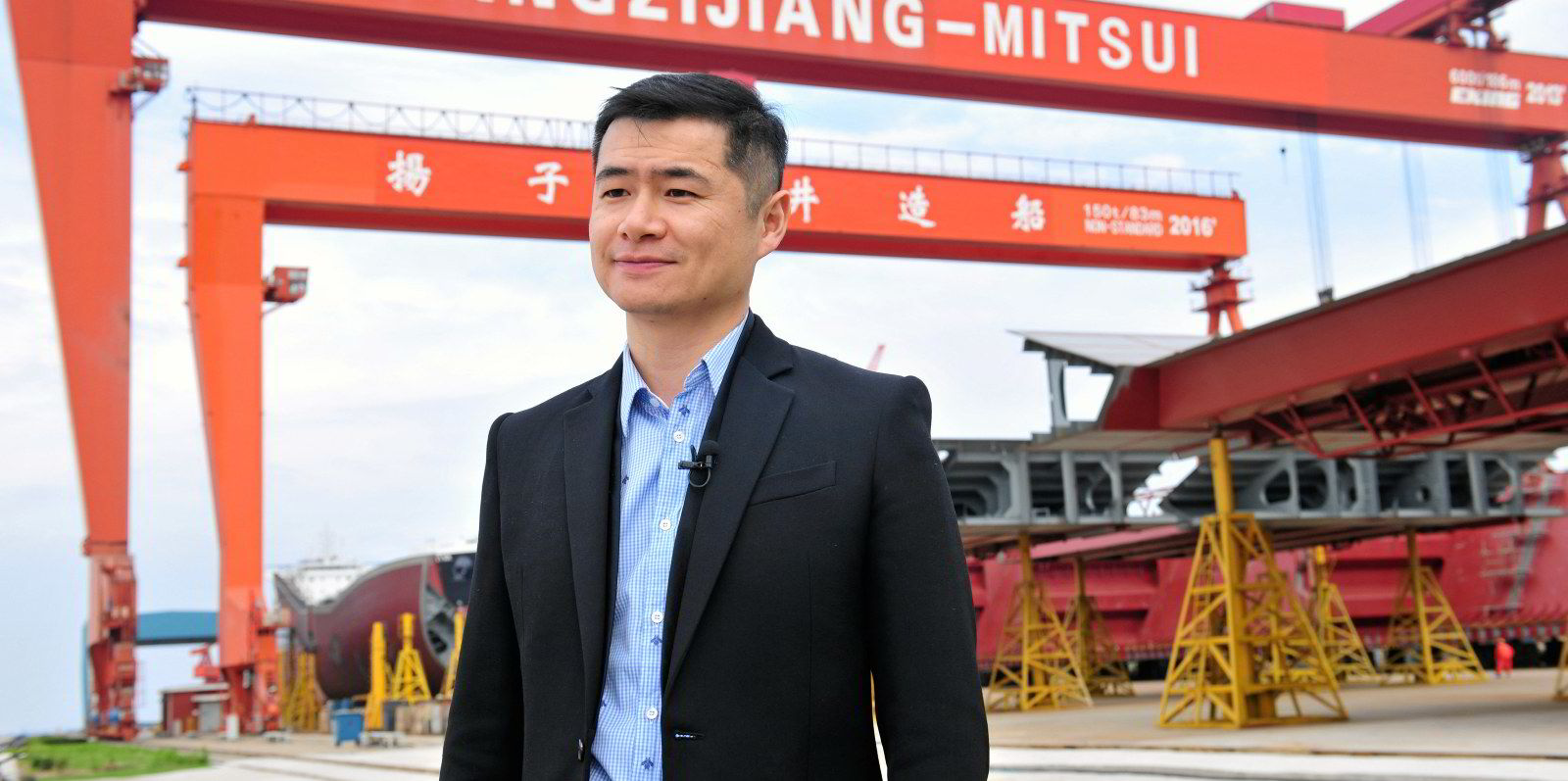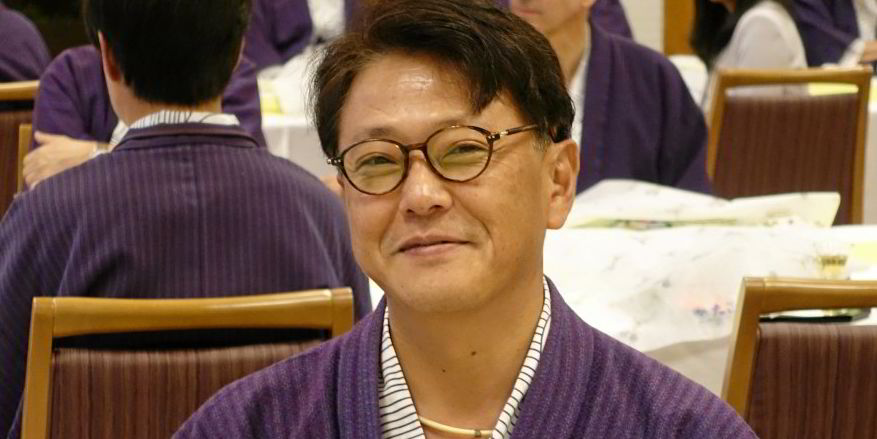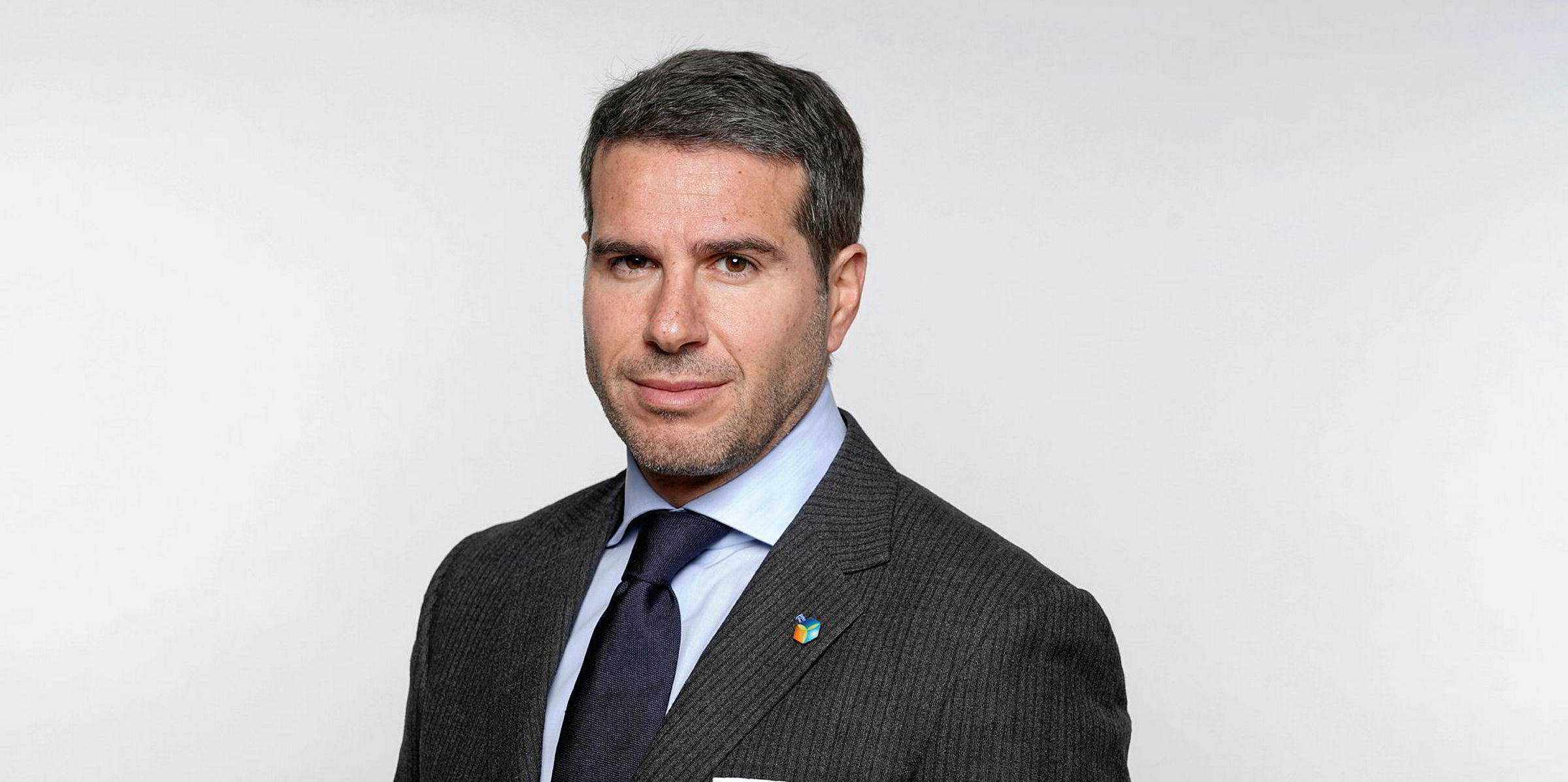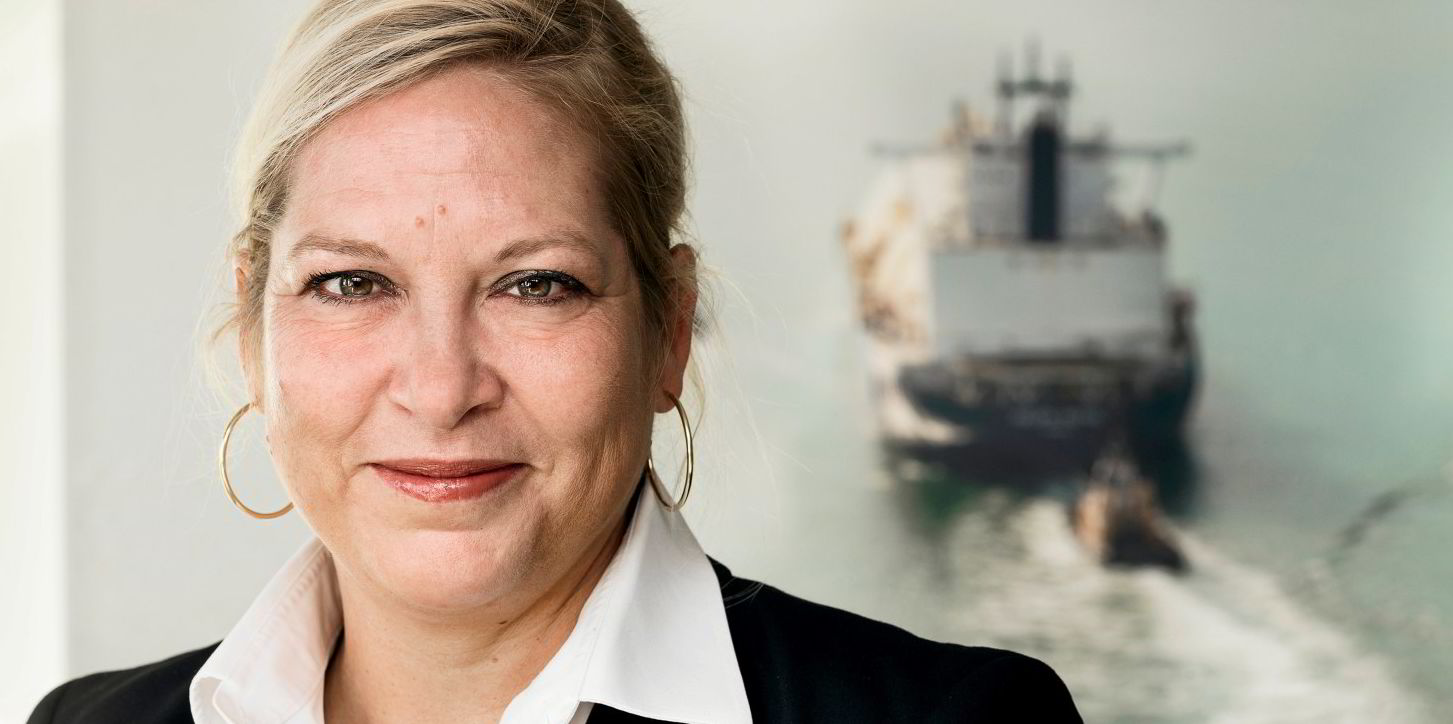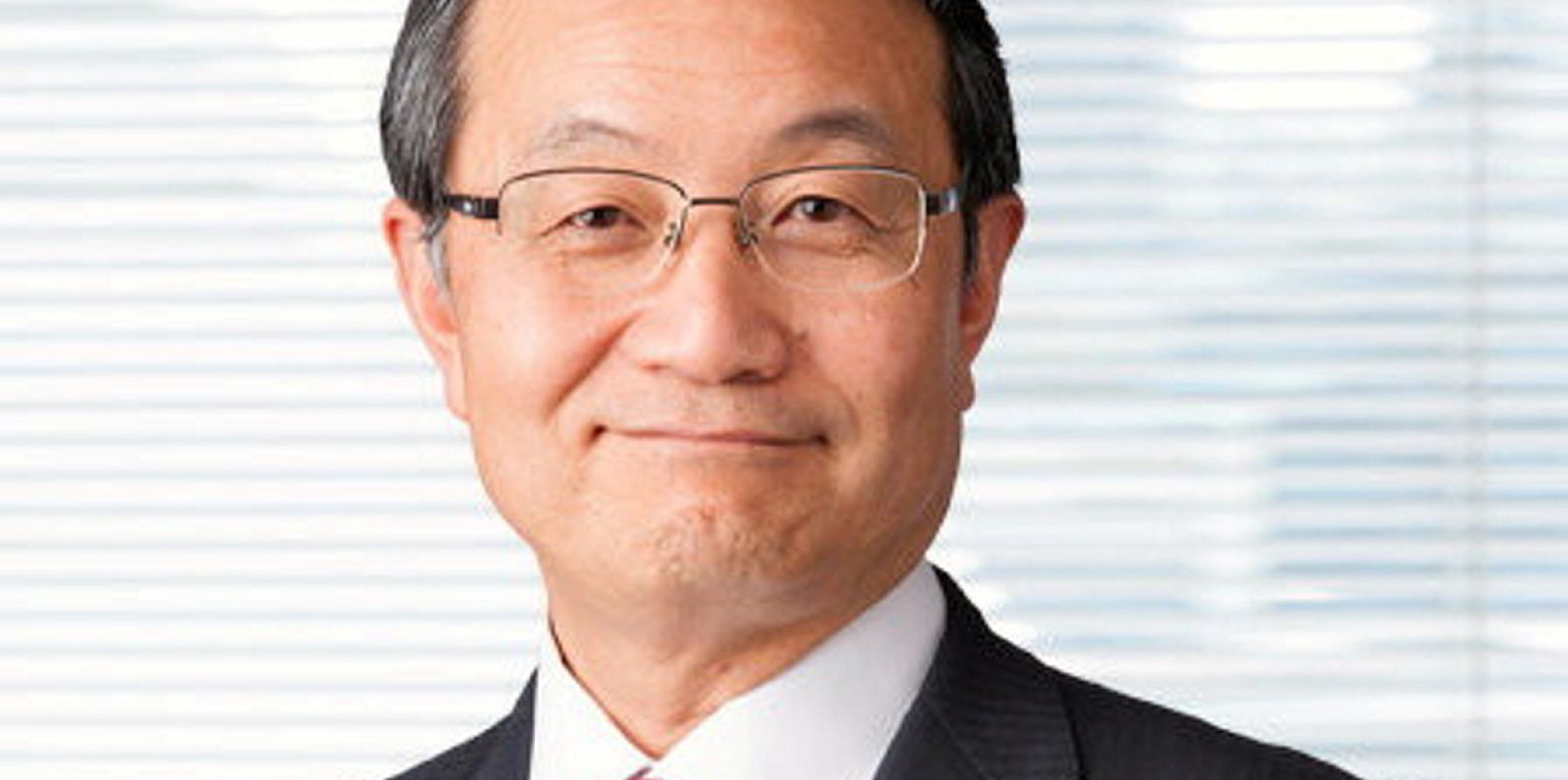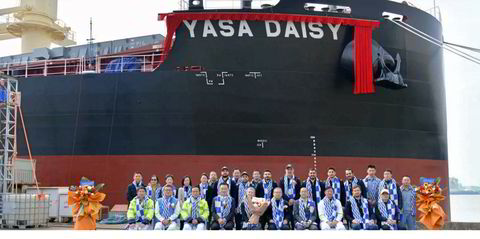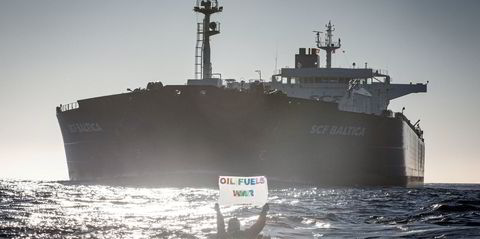There are strong indications that recent regulatory and commercial pressures are starting to heavily influence the investment decisions of shipowners towards more environmentally friendly ships.
A key turning point was the International Maritime Organization’s decisions late last year to mandate the EEXI, a minimum energy efficiency standard for existing ships, and the carbon intensity indicator (CII), an environmental rating system for in-service operational performance. These regulations will enter into force from 2022.
The IMO measures add to moves in the commercial market such as that of RightShip’s Greenhouse Gas (GHG) rating, and the leading charterers' Sea Cargo Charter initiative to measure the operational performance of vessels under hire.
The result of these initiatives is that from 2022 ships will be closely scrutinised and rated by both regulators and commercial operators for their environmental performance.
Leading shipowners like AP Moller-Maersk and Mitsui OSK Lines are already embarking on projects to upgrade the efficiency of their existing fleets.
Classification society DNV GL recently opened a seminar on EEXI after being approached by owners asking: "What should I do now?"
Moving ahead of the requirement
In the dry bulk market some owners are responding by ordering ships with efficiency standards that are ahead of the regulatory requirement of the Energy Efficiency Design Index (EEDI).
Japanese shipbuilder Oshima Shipbuilding is marketing EEDI Phase 3 compliant bulk carrier designs and has won orders from Safe Bulkers and Carras Hellas.
China’s Yangzijiang Shipbuilding took an order from the Bangladesh Meghna Group for four 66,000-dwt neo-ultramax bulk carriers, designed by Mitsui E&S, which are said to be Phase 3 compliant.
Currently, newbuildings only have to comply with Phase 2 of the EEDI standard. The Phase 3 standard is not mandatory until 2025.
In the containership market, Tsuneishi Group (Zhoushan) Shipbuilding also won an order for a series of 1,090-teu feeder containerships for Taicang Container Lines which are also designed to the EEDI Phase 3 standard.
“All the indications are that the vessels with the highest environmental performance rating will be the most marketable and will achieve the best rates in the future. The same applies to its asset values too,” commented one broker.
But it is not only in the newbuilding market that activity is starting to pick up.
MOL has noted a recent upturn in enquiries in one of the shipping industry's most popular forms of propulsion efficiency technology, the Propeller Bass Cap Finn (PBCF).
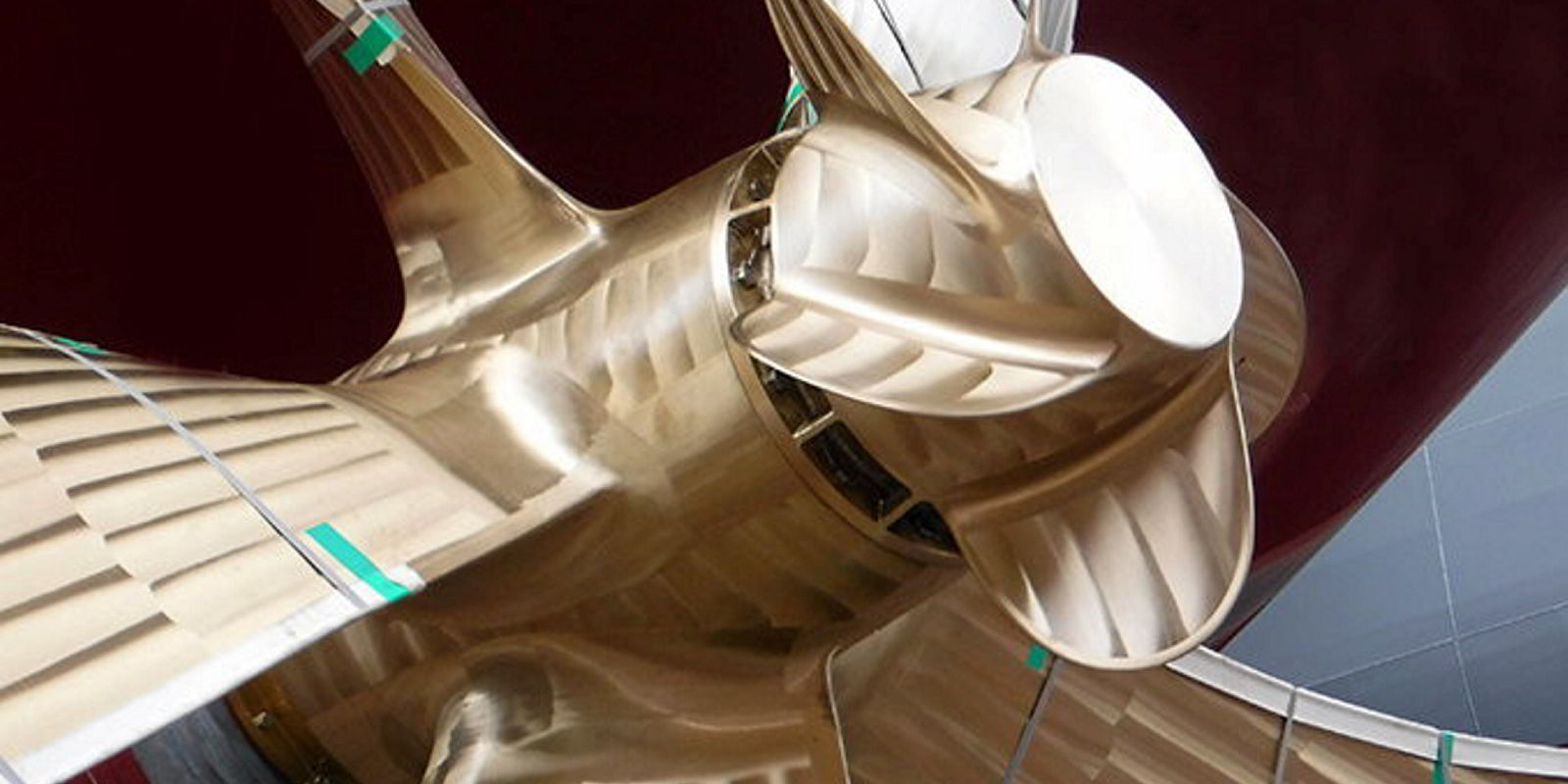
More than 3,500 units have been sold worldwide and the propeller unit can be retrofitted to existing ships at port during stops or fitted on newbuildings.
Gen Wada of MOL Techno Trade, which is marketing the recently updated PBCF, said that it is now pure owners, rather than operators, that are looking at improving the efficiency of their ships in response to the EEXI requirement.
"[In the past] the fuel-saving demand was basically from owner-operators and not pure shipowners for many years.
"However, the RightShip GHG rating and the EEXI has changed the structure, and now shipowners are also asking to improve the fuel consumption. This is a sudden change, and I see it very interesting that we now include pure shipowners as our target and high potential customers," he said.
A big question for those investing in the variety of efficiency technology that is available is how it will be reflected in the EEXI rating. The method of efficiency rating is still under discussion at the IMO.
Wada points out that test tank or sea trials of technology like the PBCF, which is already rated as Category A under a IMO’s Energy Efficiency Technology listing, can run into hundreds of thousands of dollars.
Headache for shipowners
"This is a headache for many shipowners at present, in the case of EEXI, I believe that IMO will determine a more feasible evaluation method," he said.
MOL is now in the process of upgrading its own fleet to meet the new CII and EEXI efficiency measures. AP Moller-Maersk also recently set up a 50-person internal team to upgrade the efficiency of the fleet.
MOL Techno-Trade is working on schemes to improve the EEXI of the MOL fleet by combining its PBCF technology with other energy-saving devices, such as the wind power hard-sail system that it developed with Oshima Shipbuilding.
"We have completed the development of energy-saving rudders and other devices, and we intend to propose to MOL the optimisation of efficiency through the combination of other energy-saving devices and PBCF," Wada said.
